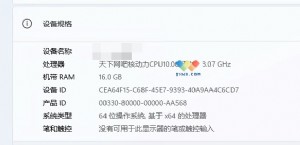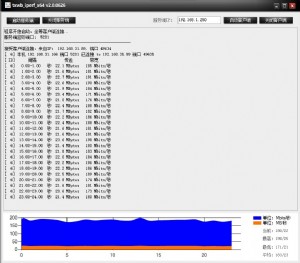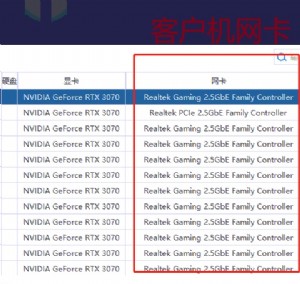路由器设置过程中关于OSPF的network设置
69757">
Codes: C - connected, S - static, I - IGRP, R - RIP, M - mobile, B - BGP
D - EIGRP, EX - EIGRP external, O - OSPF, IA - OSPF inter area
N1 - OSPF NSSA external type 1, N2 - OSPF NSSA external type 2
E1 - OSPF external type 1, E2 - OSPF external type 2, E - EGP
i - IS-IS, L1 - IS-IS level-1, L2 - IS-IS level-2, ia - IS-IS inter area
* - candidate default, U - per-user static route, o - ODR
P - periodic downloaded static route
Gateway of last resort is not set
O IA 172.3.0.0/16 [110/933] via 192.168.0.1, 00:00:05, Serialx
O IA 172.4.0.0/16 [110/933] via 192.168.0.1, 00:00:02, Serialx
172.16.0.0/24 is subnetted, 1 subnets
O 172.16.0.0 [110/128] via 192.168.0.1, 00:00:10, Serialx
10.0.0.0/24 is subnetted, 1 subnets
O 10.1.1.0 [110/74] via 192.168.0.1, 00:00:05, Serialx
这里s3,s4都在Area 1(被标记为IA掩码16)。
总结:实际的网络范围在interface mask中已经说明了,这在所有的Routers的Link state database 被清楚标记,不会因OSPF的network配置而发生改变。而在OSPF的network配置中,inverse mask只是起到指明在本Router的OSPF process 中的网络范围的作用,如network 172.0.0.0 0.255.255.255指定范围从172.0.0.0 ~ 172.255.255.255,在次范围中的所有interface分配至Area 1,最后其他所有的地址被分配到Area 2.
如果在Stub Area 中,没有Loopback interface的情况下,甚至可以简单配制为
router ospf 20
network 0.0.0.0 255.255.255.255 area x
这样就不用单独指定网络范围了。
在其它类型中,推荐配置使用interface ip address,0.0.0.0即精确匹配,以防止错误发生。如:
network 10.1.1.1 0.0.0.0 area 0




 天下网吧·网吧天下
天下网吧·网吧天下







